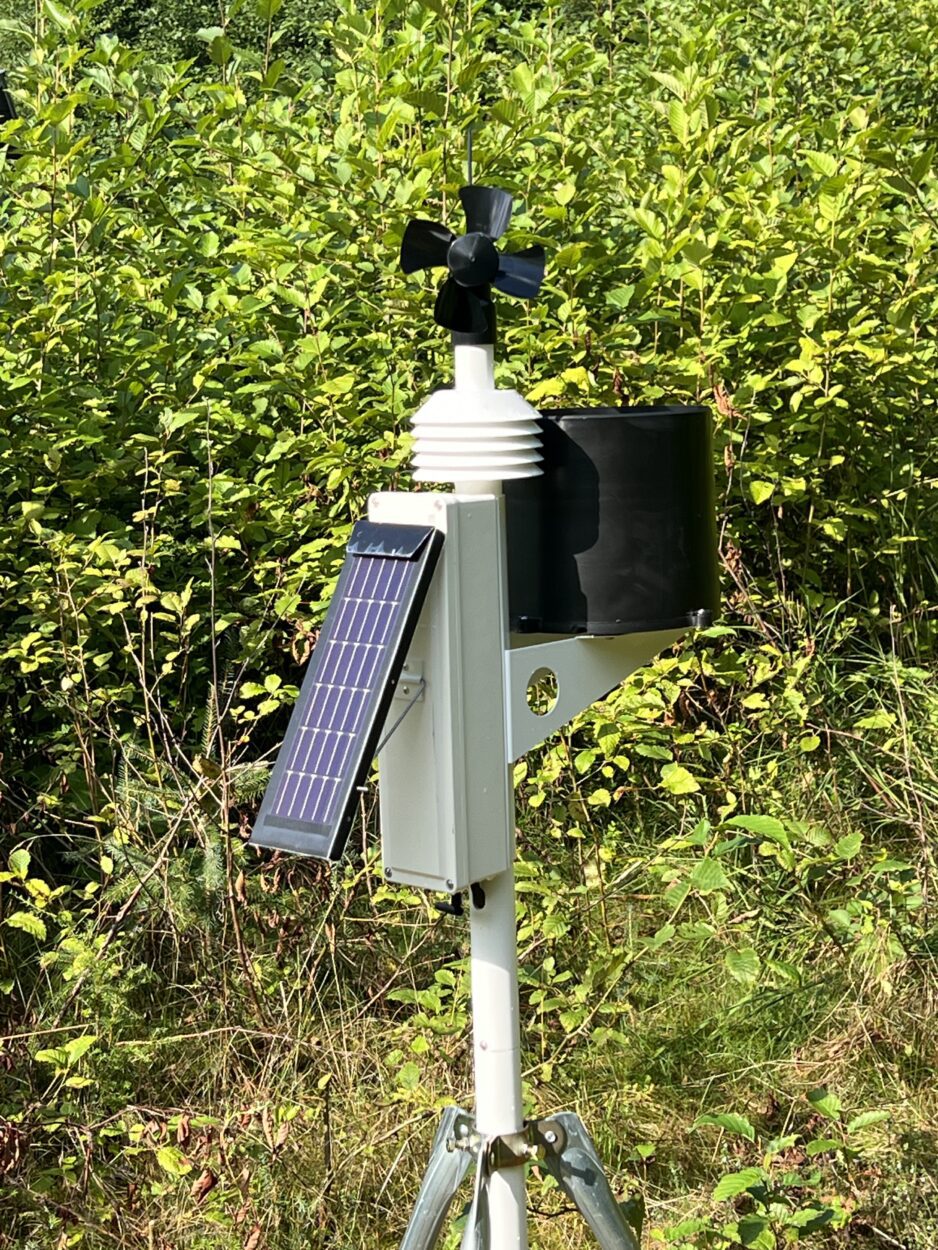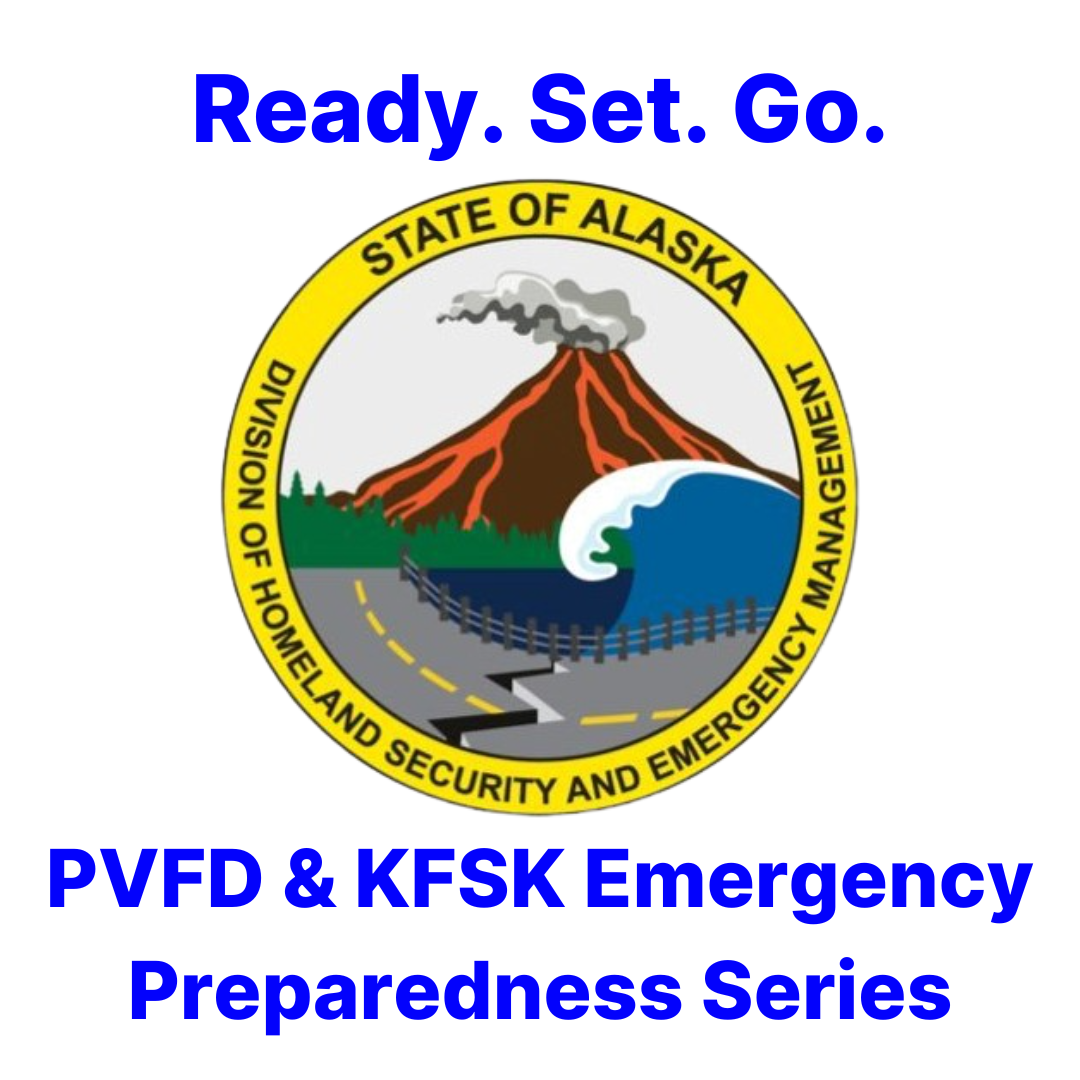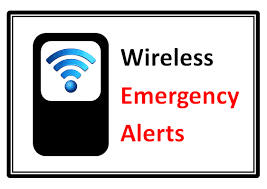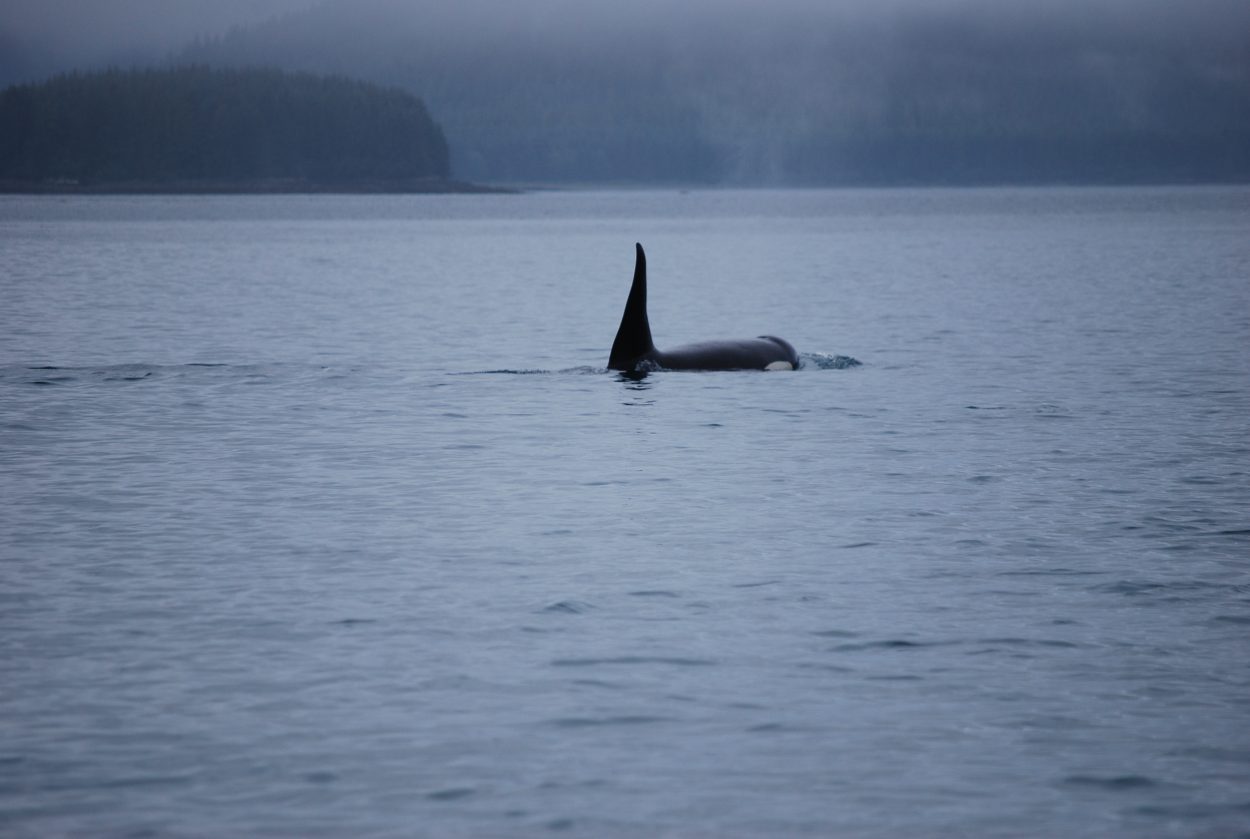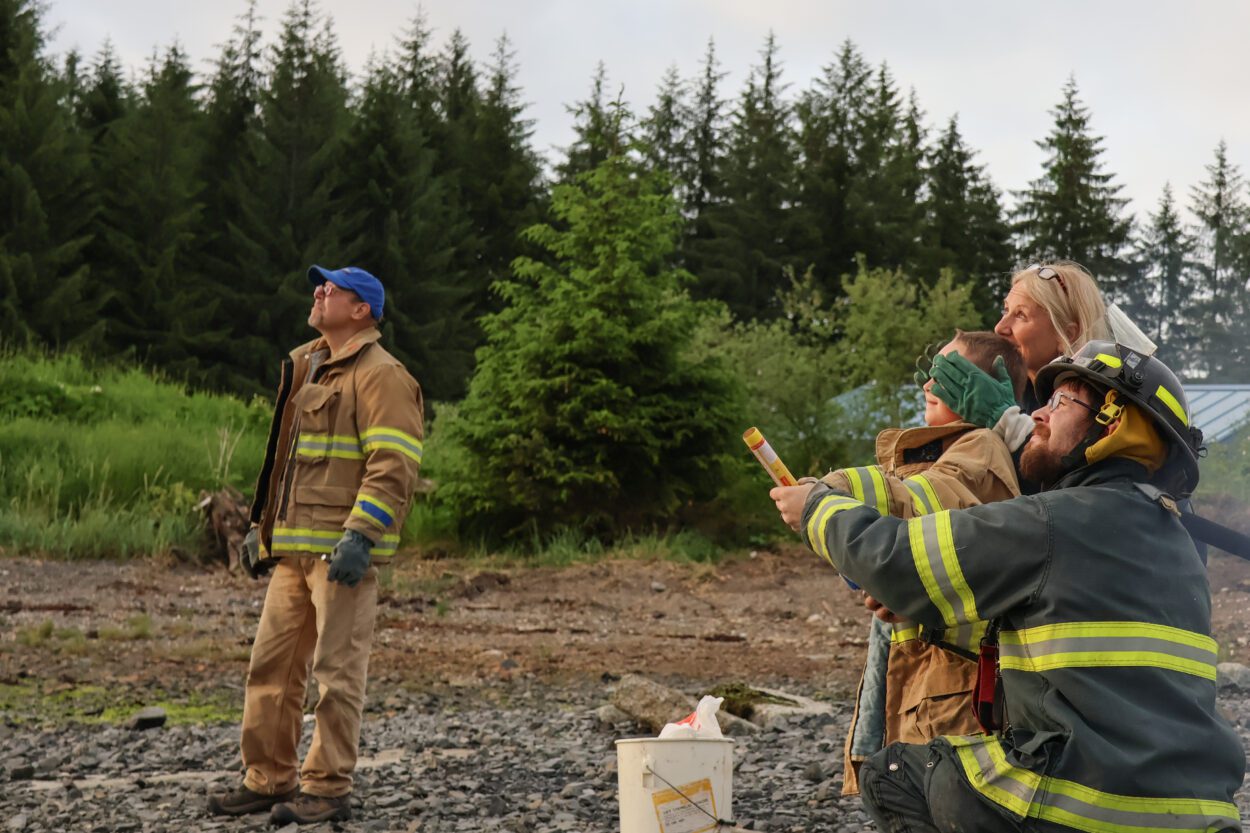
About 15 people gather at the Scow Bay boat ramp on a cloudy summer evening. Some watch, while others wearing fireproof jackets launch bursts of light into the sky. Despite one young onlooker’s confusion, this is not a fireworks show.
Seven-year-old Odin Burrell turned to his grandmother, Desi Burrell.
“Are they fireworks?” he asked her.
“Well no, honey, they’re flares,” she responded.
This is Petersburg’s third annual “Flare-Off,” hosted by the U.S. Coast Guard Auxiliary and Petersburg’s volunteer fire department (PVFD) on Friday, June 20.
Emergency Services Director Aaron Hankins said the event serves two purposes. One is to dispose of expired flares, and the other is to give people a chance to practice using flares safely. This year, the PVFD and Coast Guard Auxiliary also distributed educational pamphlets that described the purposes of the many different types of marine flares.
“It kind of benefits the public in both ways, so they save a little bit of money on the discharge and get to learn in the process,” he said. “What can be better than that?”
The process turned out to not only be educational, but also fun. Petersburg resident Cherie Martin took the opportunity to try out all the different types of marine flares available.
“[Flares have] been on the boat for years, and I’ve never shot any off,” she said. “They said we’re coming down here to do this, and I thought, wow, that’ll be cool.”
Martin uses a walking stick and doesn’t get on her boat anymore, so the event is more about fun for her. Hankins held her walking stick as he showed her how to fire a rocket with the pull of a string, aiming it up at a 45-degree angle.
Rocket flares are a type of aerial flare especially effective at night, shooting through the sky and burning bright until hitting the water. Unless it’s a dud, which many of the long-expired flares were. The PVFD brought a variety of flares to the event. Aside from aerial flares, they also had hand-held ones that function like a big sparkler, and smoke flares, which are for day use.
“[Smoke flares] are designed to actually be thrown into the water, and they will float on the surface of the water,” Hankins said. “You don’t actually want to continue to hold them, because they get very hot.”
Two visitors from Anchorage posed for photos while the bright orange smoke billowed behind them.
Perhaps the most popular type to try was the parachute flare, another aerial type. It’s fired high into the air with a loud pop. Then, the small flame floats slowly back down to the water with a miniature parachute. Hankins says that kind of flare is good for grabbing attention from a distance, especially when it’s dark outside. It’s a lot to remember. But that’s why Hankins says it’s important for people — especially mariners — to come and try it out personally.
“Most people … they’ve never really gotten an opportunity to actually use them in a controlled setting,” Hankins said. “Practice makes perfect, you know, with all things.”
Even Odin got in on the fun after much pleading to his grandmother. With some help from Hankins, he fired off a rocket flare, wearing a beige firefighter’s coat that goes down to his ankles and sunglasses for eye protection. Burrell covered his ears as the rocket flare boomed overhead. It got some impressive distance before landing safely in the water.
“Nice, woohoo!” Burrell cheered him on. “I never knew a seven-year-old could do that.”
The event ended with a bang — many of them. Volunteers fired off the rest of the old flares, and packed up buckets of burnt material to leave without a trace.






